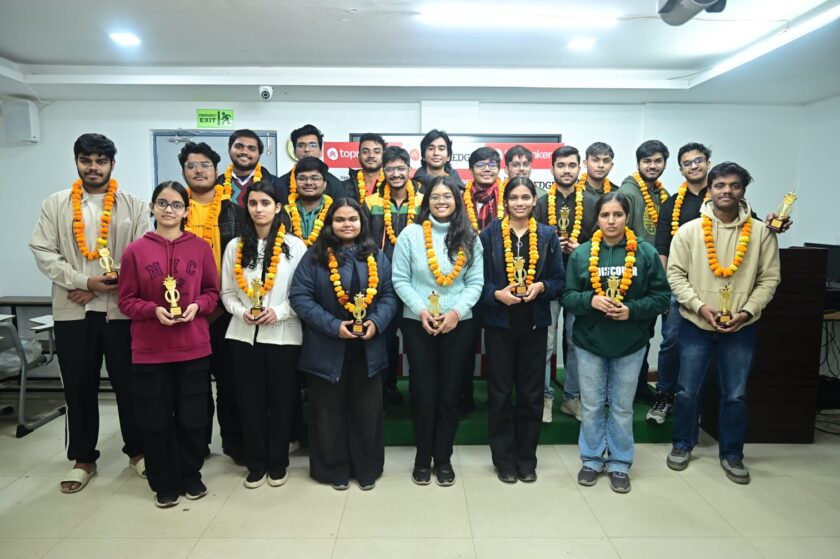New Delhi – Every year, thousands of Indian students apply to U.S. institutions for higher studies. With the Spring 2025 intake just a few months away, many students are busy preparing for their American academic journey. Meanwhile, a large number of aspirants targeting the 2026 session or beyond are deep into researching programs and institutions.
One of the most common confusions during this process is understanding the terms “college” and “university.” While these words are often used interchangeably, they carry distinct meanings in the U.S. education system. Knowing the difference can significantly impact a student’s academic experience and future career path.
College vs. University: What’s the Real Difference?
In the United States, a college typically refers to a smaller institution that primarily offers undergraduate programs, such as bachelor’s degrees. These institutions often emphasize teaching, maintain smaller class sizes, and foster more student-faculty interaction.
On the other hand, a university is usually a larger institution that provides both undergraduate and graduate programs, including master’s and doctoral degrees. Universities often place a stronger emphasis on research and include multiple sub-divisions such as law schools, business schools, or medical schools.

Don’t Go by the Name Alone
Interestingly, the term “college” can appear in the names of institutions that offer graduate degrees as well. For instance, Dartmouth College and Boston College offer both undergraduate and graduate programs. Conversely, a university like Harvard University includes Harvard College (for undergraduates) as well as specialized graduate schools like Harvard Law School and Harvard Medical School.
Types of U.S. Colleges and Universities
- State Colleges and Universities
Funded and operated by state governments, these institutions typically offer four-year bachelor’s degrees and, in some cases, graduate programs. Examples include the University of California and Florida State University. - Community Colleges
Also known as two-year colleges, these institutions offer associate degrees, technical certificates, and ESL (English as a Second Language) programs. Students can often transfer from a community college to a four-year university to complete their degree. - Research vs. Teaching Universities
In research universities, faculty members focus more on research activities, and classes tend to be larger. Teaching universities, in contrast, focus more on classroom learning and student engagement, often featuring smaller class sizes.
Visa Guidelines: Stay Alert
The U.S. immigration authorities have recently tightened student visa regulations. Missing classes or violating OPT (Optional Practical Training) terms could lead to visa cancellations or even deportation. It is essential that students fully understand their course requirements and visa obligations.
Which Option is Right for You?
- If you prefer small class sizes and a liberal arts focus, a liberal arts college may suit you best.
- If your goal is a master’s or doctoral degree or if you have a passion for research, consider applying to a university.
- Students with financial constraints can begin at a community college and later transfer to a four-year institution.
Understanding the difference between a college and a university in the U.S. is more than just technical knowledge—it’s a smart academic investment. Making the right choice can shape your educational journey and long-term career. Do your research, weigh your options, and choose the path that aligns best with your goals. The American education system is diverse—there’s a place for everyone.





